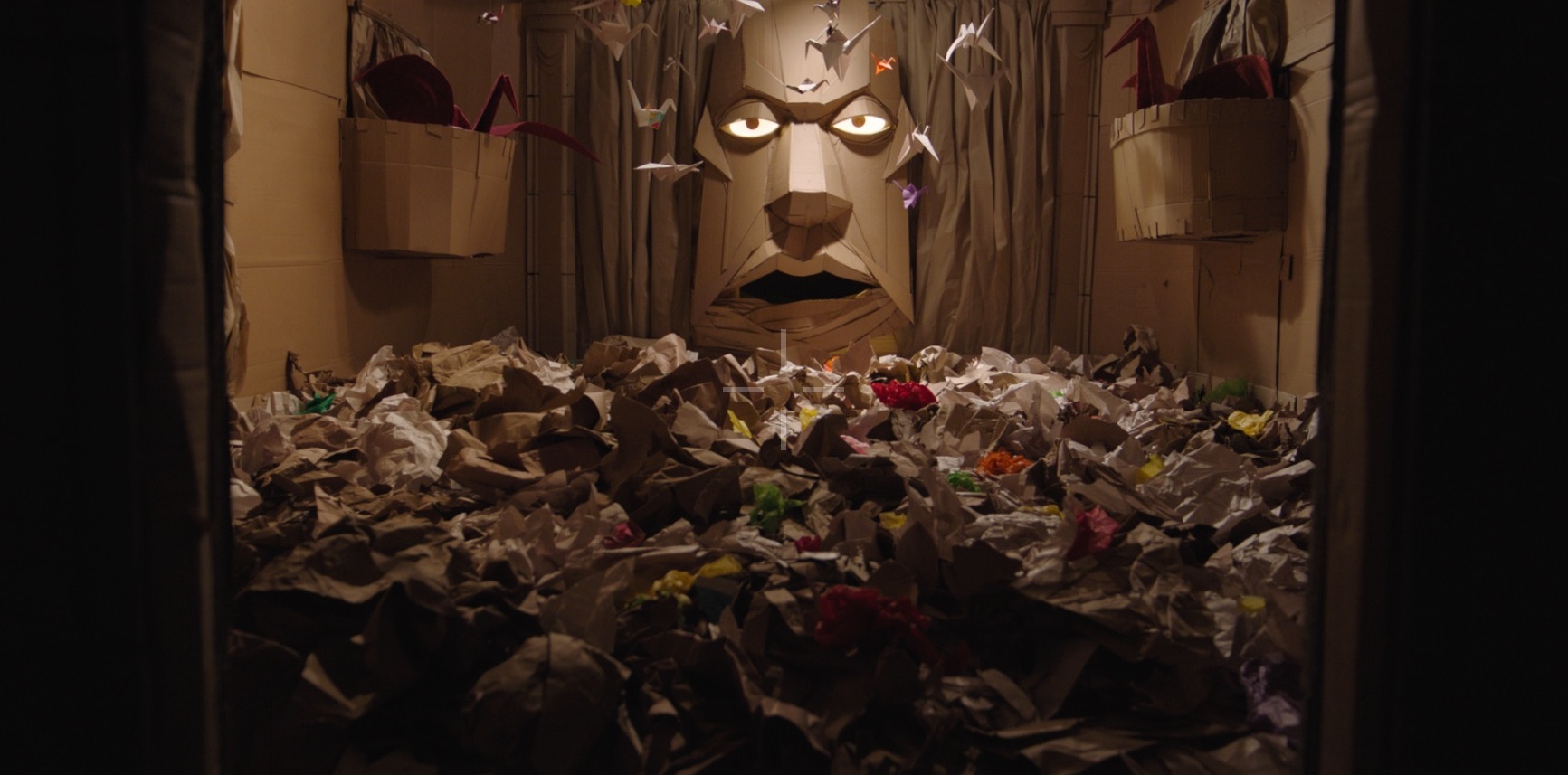Before Eminem rapped about a fan obsession gone too far with 2000s ‘Stan,’ there was 1990s Misery. Adapted from the 1987 Stephen King novel, it was a story that had every author second-guessing meet and greets for a while. Director Rob Reiner was able to use the remotely isolated setting of a bedroom to his advantage. Now, it’s very hard to create a movie where there are both limited characters and movement, but still enthralling and nail-biting. However, Kathy Bates and James Caan’s performances captivate you and fully use the limited parameters of Annie Wilkes’ home. Misery is still one of the finest movie translations of Stephen King’s work to date.
There are no ghosts, no ghouls, no exorcisms. The “horror” that occurs is being at the mercy of an overzealous fan. Being helpless physically when there seems to be no escape and where your art could lead to your own downfall. There’s a mastery in how Kathy Bates portrayed Annie Wilkes. She could flip the switch of emotions at the drop of a hat. One minute, she shows concern for Paul Sheldon’s wellbeing. The next she bursts into anger and lashes out at him. Not to mention, one of the most memorable lines in a thriller; “He didn’t get out of the COCKADOODIE CAR!” Caan balances this out with a calm, but sly attitude. As the movie goes on, Paul sees who he is dealing with and tries to appeal to her unnatural devotion to him to save his own life.
What begins as what is thought to be a freak car accident and a good Samaritan taking someone in unravels to be something more sinister. Thus, the cat-and-mouse game where Paul’s health, unfortunately, hinders the mood of his captor. Annie kills Paul’s spirit in two ways. There’s a point in the movie where she makes Paul burn the manuscript she made him write. There’s something heartbreaking about watching your own art go up in smoke. Even more so, because Paul was ready to leave the character of Misery behind. (yes, the irony is not lost in the character name). With success, there’s an attachment and as he gains physical injuries throughout the runtime, there are psychological ones.
The other is the infamous ‘hobbling’. Ah yes, this was way before the days of Saw or Hostel – and it’s not just the physicality that makes this scene uneasy. There’s the storm, “Moonlight Sonata” playing in the background, and that Annie is so meticulous that she knew everything about Paul’s escape. Even down to the ceramic penguin looking the wrong way. It’s a rather extreme way to show that you love someone- even if you consider it an act of passion at all. Just when Paul healed up, there goes his means of ever getting out. Before this, the chess match between Annie and Paul is very skewed to her side. However, you still feel that he can win somehow. With every leg up and discovery of Annie’s checkered past that Paul gains, there seems to be a consequence.
Reiner uses tension and the hopelessness of a tremendous snowstorm to build tension. As time passes, the audience feels as though time is always running out on Paul – it all lies in the acting of Caan and Bates. They both really took hold of these characters where you find yourself on the edge of your chair rooting for a reprieve or anticipating the near-miss of Paul getting caught.
Even in 2020, some lessons in Misery apply – even more so in the social media age. The story toes the line between admiration and obsession. Who is behind the keyboard or beyond that fiber optic curtain? Where is an artist’s relationship with fandom supposed to end? Depending on the feedback, they might incline you to alter things to appease the loudest voices in the room. Paul was able to use Annie’s obsession with his character against her. The last frame of the movie was chilling itself. While Paul escaped, now every fan took on the form of Annie Wilkes – the scariest part is this could really happen. It’s a movie that sits in its effectiveness in bringing the King’s macabre tale of unchecked isolation to the big screen.













